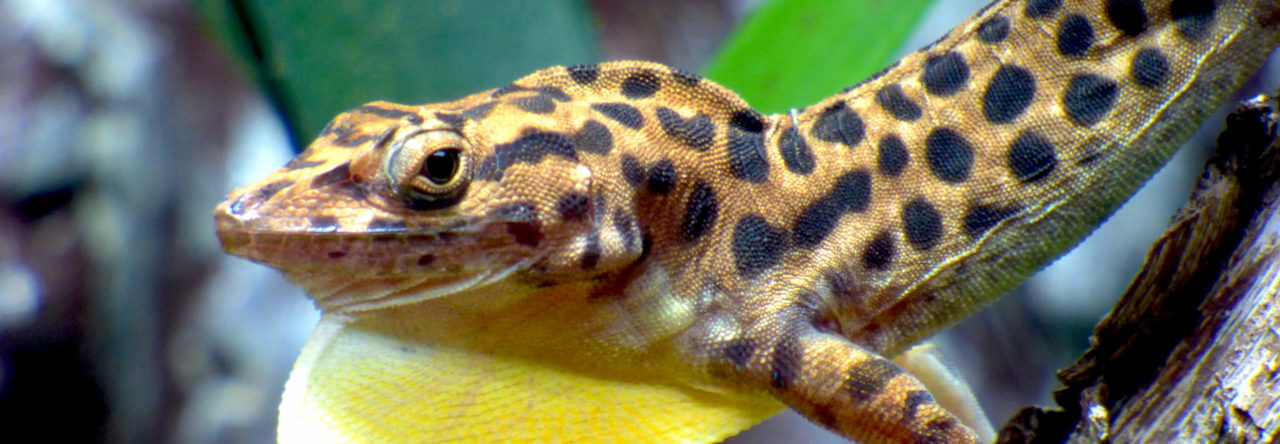
Spoiler Alert: I’m about to discuss the central plot of Spiderman. I assume most readers are by now familiar with the movie’s central conceit, namely that a noble scientist valiantly strives to create a race of super-lizards with extraordinary powers to benefit all of humanity, but tragically is stymied by the movie’s villian, a pajama-clad arachnophile with psychological baggage that produces an unreasonable antipathy to all things reptilian.
I won’t go into the particulars, but suffice to say that until its tragic denouement, the work is a herpetological marvel, as well as an inspiration to what may be accomplished by the miracles of genomics. Particularly impressive was the scene in which the oversized saurian regenerates its tail–quite graphically and accurately–in real time. Admittedly, the CGI lizards (of which I can’t find any photos online) were not quite up to par, but not a bad effort. Moreover, the best character in the movie is the chief scientist, Curt Connors, who immediately upon entrance introduces himself as the world’s foremost authority on herpetology and, as if to prove it, has an office replete with herpetological items (ok, two that I noticed: a stuffed turtle and a sea turtle skull).
Dr. Curt Connors, the world’s foremost herpetologist.
But, you may be thinking, a movie featuring lizards is great in all, but what’s the connection to anoles? Admittedly, there was no lizard or superhero in the movie who could be identified as anoline (incidentally, Time magazine has a nice discussion of what actual lizards may have been the basis for these creatures). However, and you may consider this a stretch, there was one link to the anole world: Connors, the scientist, was a dead ringer* for Jonathan Roughgarden (vintage 20 years ago), a resemblance enhanced by Collins’ obvious theoretical brilliance. Now, of course, it was disappointing when Connors transformed himself into a Komodo-sized saurian that bore no resemblance to Anolis gingivinus or any other Lesser Antillean anole, or even any anole at all, but perhaps we can save that for the sequel (Spiderman II: The Anole Strikes Back), when Connor triumphantly re-emerges to vanquish the spider-people and save humanity.
*by “dead ringer” I mean “bore a slight resemblance, at least in my mind’s eye”
Scary? Try adding a dewlap and toepads!







 Follow their exploits as they rampage through the eastern Caribbean, measuring dewlap spectra and general wreaking havoc.
Follow their exploits as they rampage through the eastern Caribbean, measuring dewlap spectra and general wreaking havoc. 




